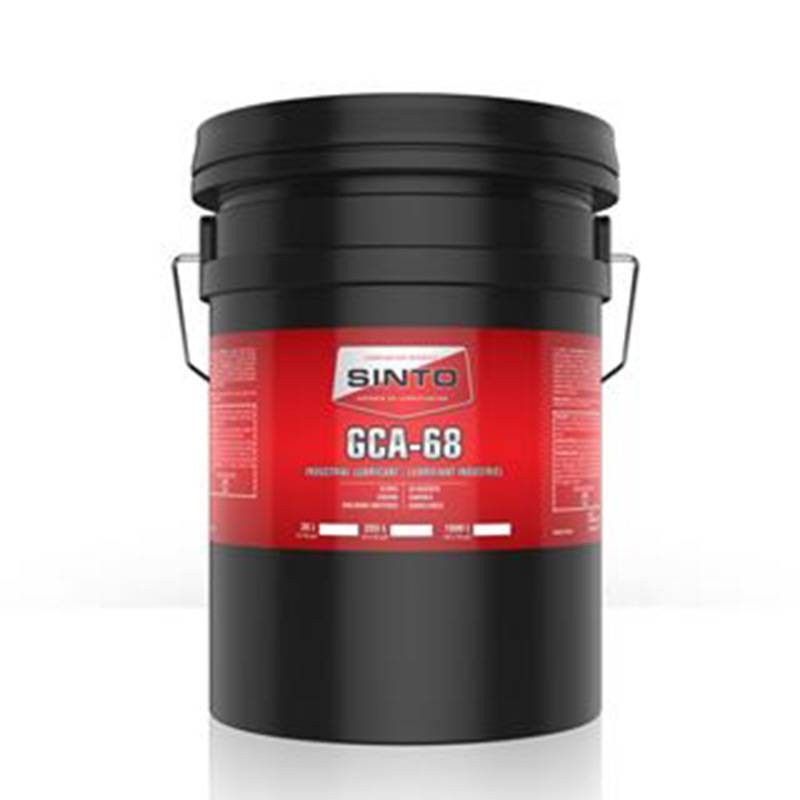Nov . 30, 2024 11:33 Back to list
gate valve and globe valve
Gate Valves vs. Globe Valves A Comprehensive Comparison
When it comes to fluid control in pipelines and industrial systems, two of the most commonly used valves are gate valves and globe valves. While they each serve distinct purposes and exhibit unique characteristics, understanding their differences is crucial for choosing the appropriate valve for a specific application.
Gate Valves Overview and Application
Gate valves are primarily designed for on/off control. They feature a linear motion with a gate-like mechanism that either fully opens or closes the flow path. This type of valve is typically utilized in applications where a straight-line flow of fluid is essential with minimal resistance. When the valve is fully open, the fluid flows with very little turbulence, making gate valves an excellent choice for applications in water supply, oil refineries, and power plants where the fluid must flow freely without being interrupted.
One of the significant advantages of gate valves is their ability to provide a tight seal when closed, preventing any leakage. Moreover, they are available in various materials such as cast iron, stainless steel, and bronze, which allows them to withstand different temperatures and pressures. However, it’s important to note that gate valves should not be used for throttling services due to the risk of erosion, as the gate does not provide a good flow control mechanism at partial openings.
Globe Valves Overview and Application
Unlike gate valves, globe valves are designed for throttling and flow regulation. They utilize a spherical body with an internal baffle that separates the inlet and outlet, forcing the fluid to change direction and creating resistance. This design allows for precise control over the flow rate, making globe valves ideal for applications requiring frequent adjustments or consistent pressure control, such as in chemical processing and HVAC systems.
Globe valves offer excellent sealing capabilities and can effectively minimize leakage when closed. They are typically more suitable for applications where flow needs to be controlled rather than merely stopped. However, the change in flow direction within the valve can create significant pressure drops and turbulence, which may not be suitable for all systems, especially those requiring low resistance.
gate valve and globe valve

Key Differences Between Gate and Globe Valves
2. Flow Resistance Gate valves offer minimal flow resistance when fully open, making them ideal for straight-flow conditions. In contrast, globe valves create higher flow resistance, which might be detrimental in systems where maintaining high fluid velocity is crucial.
3. Sealing Mechanism Both valve types provide effective sealing; however, gate valves generally offer a better seal when fully closed, whereas globe valves can achieve tighter control during operation.
4. Maintenance and Durability Gate valves usually require less frequent maintenance since they operate under a simple open/close cycle. Conversely, globe valves may require more maintenance over time due to the complexity of their internal components and potential for wear from throttling.
5. Cost Considerations Generally, gate valves are more cost-effective for large-pipe applications due to lower pressure loss and simpler construction. Globe valves, while often more expensive, justify the cost with their superior flow control capabilities.
Conclusion
In summary, the choice between gate valves and globe valves should be guided by the specific requirements of the application. Gate valves are ideal for systems that need complete shutoff and minimal flow resistance, while globe valves are well-suited for applications demanding precise flow control and regulation. Understanding these distinctions is vital for engineers and professionals working in industries such as water treatment, oil and gas, and manufacturing, ensuring optimal system performance and efficiency.
-
Precision Manufacturing with Advanced Spline Gauge DesignNewsJul.31,2025
-
Industrial-Grade Calibrated Pin Gauges for Exact MeasurementsNewsJul.31,2025
-
Industrial Filtration Systems Depend on Quality Filter DN50 SolutionsNewsJul.31,2025
-
High-Performance Gate Valve WholesaleNewsJul.31,2025
-
Granite Surface Plate The Ultimate Solution for Precision MeasurementNewsJul.31,2025
-
Granite Industrial Tools The Ultimate Guide for Bulk BuyersNewsJul.31,2025
Related PRODUCTS









